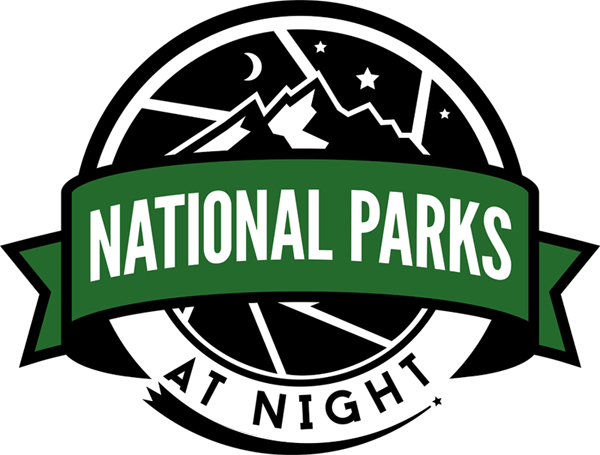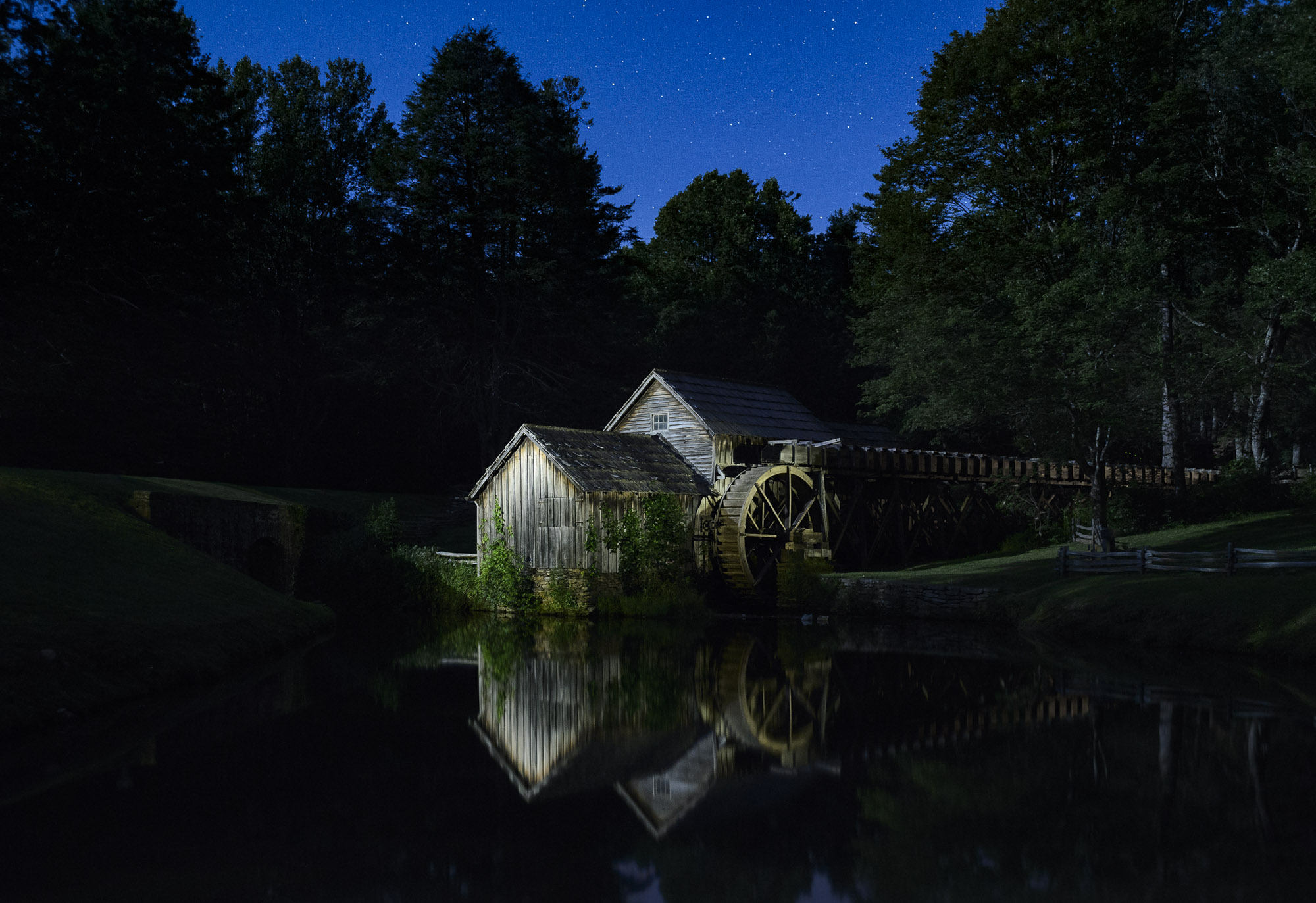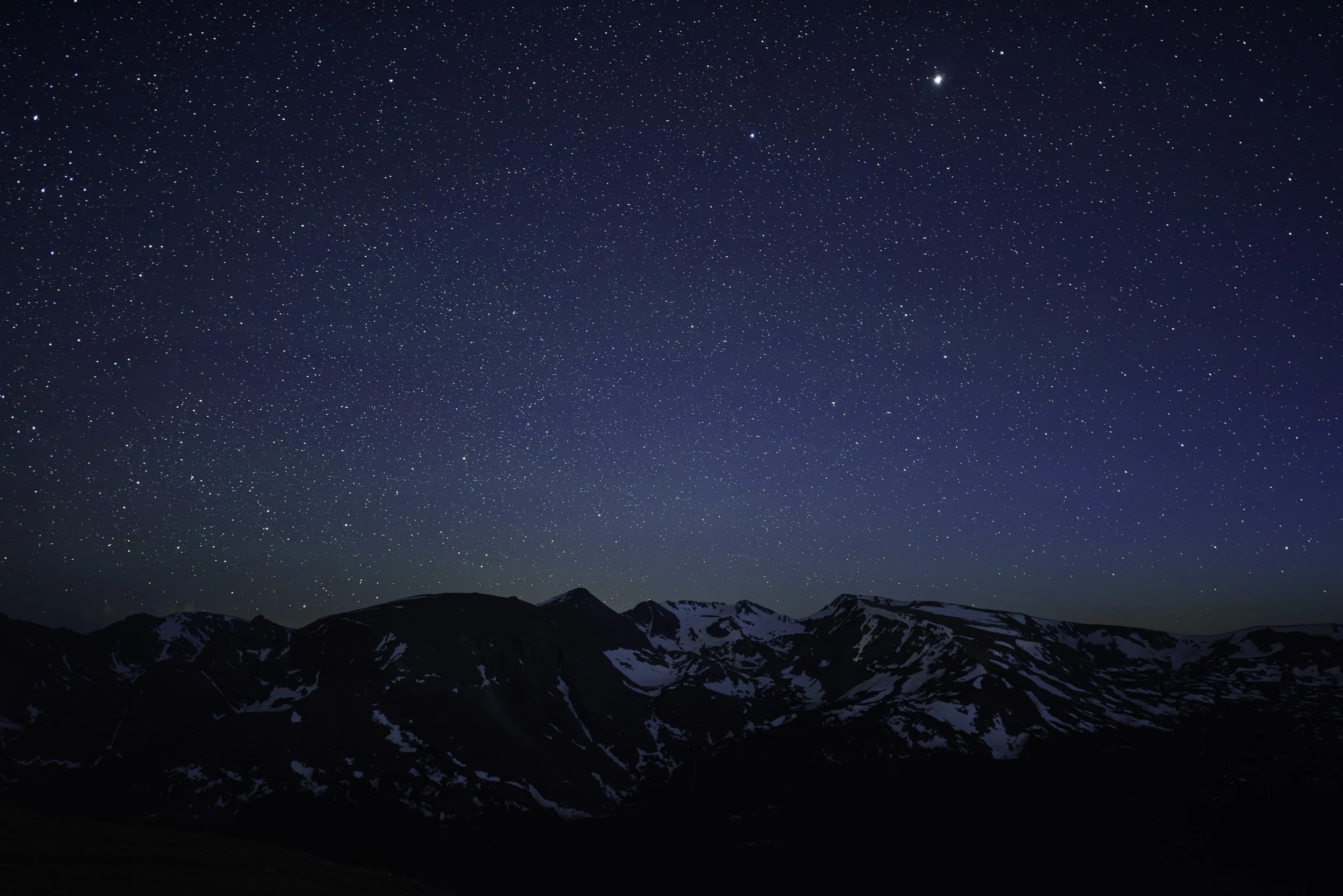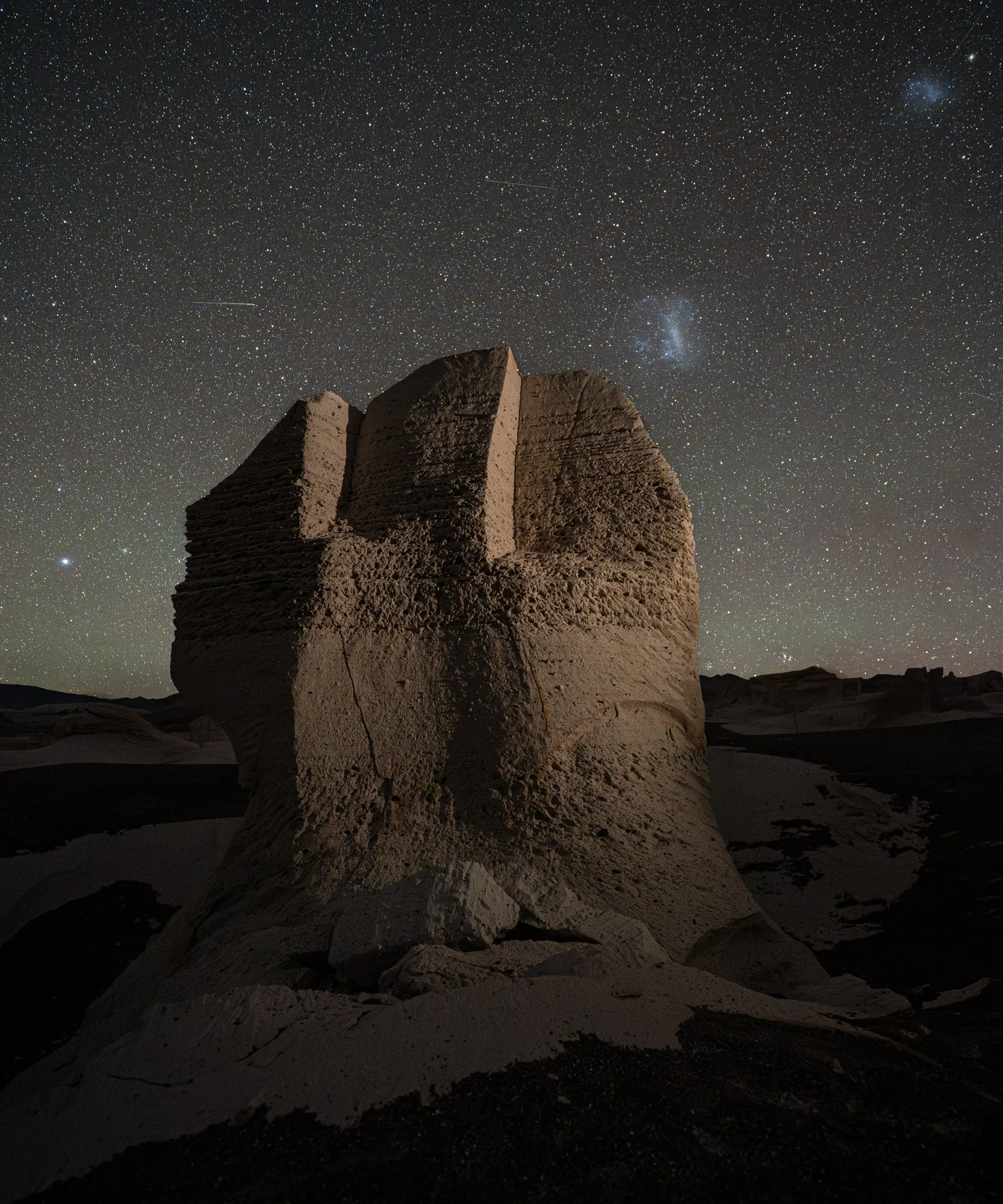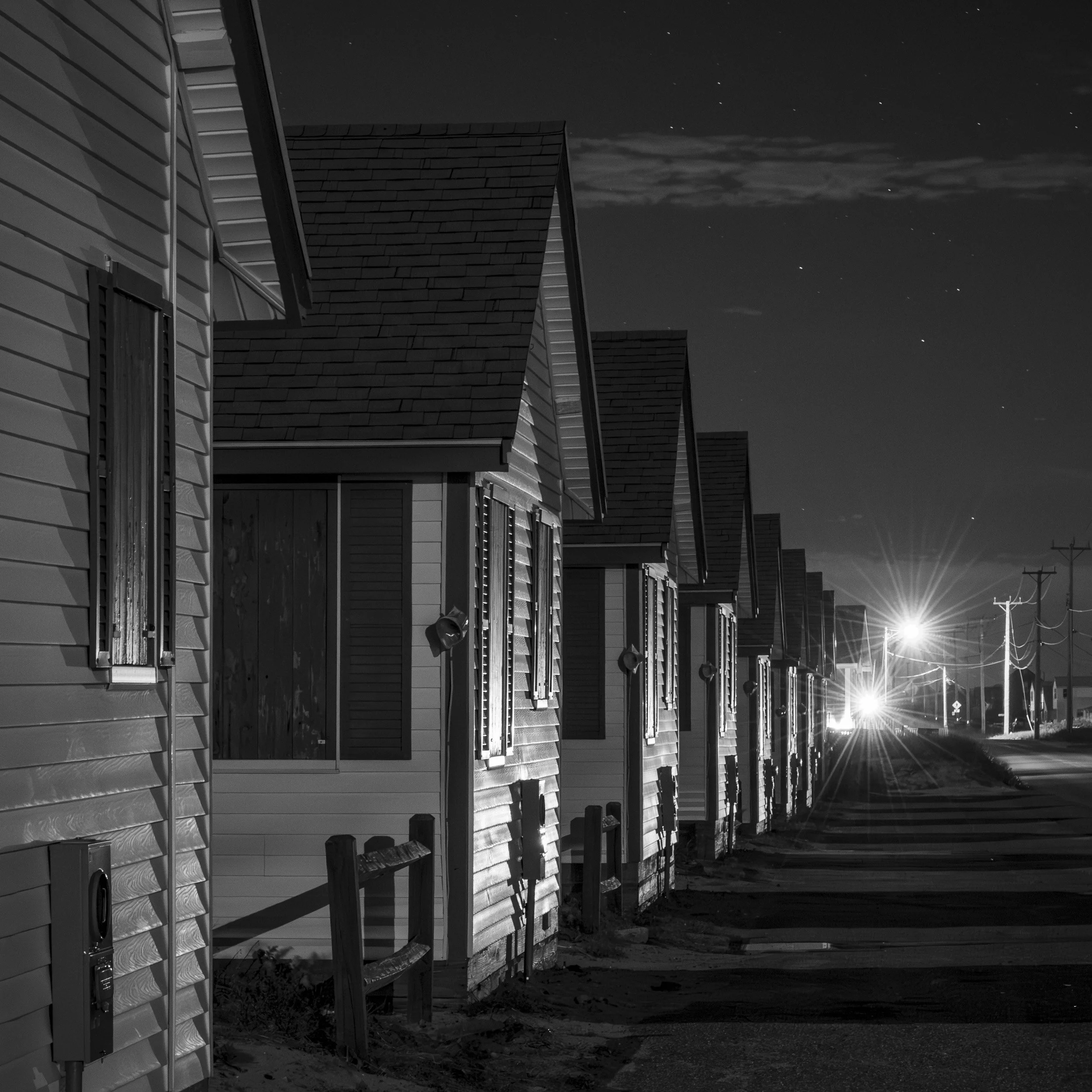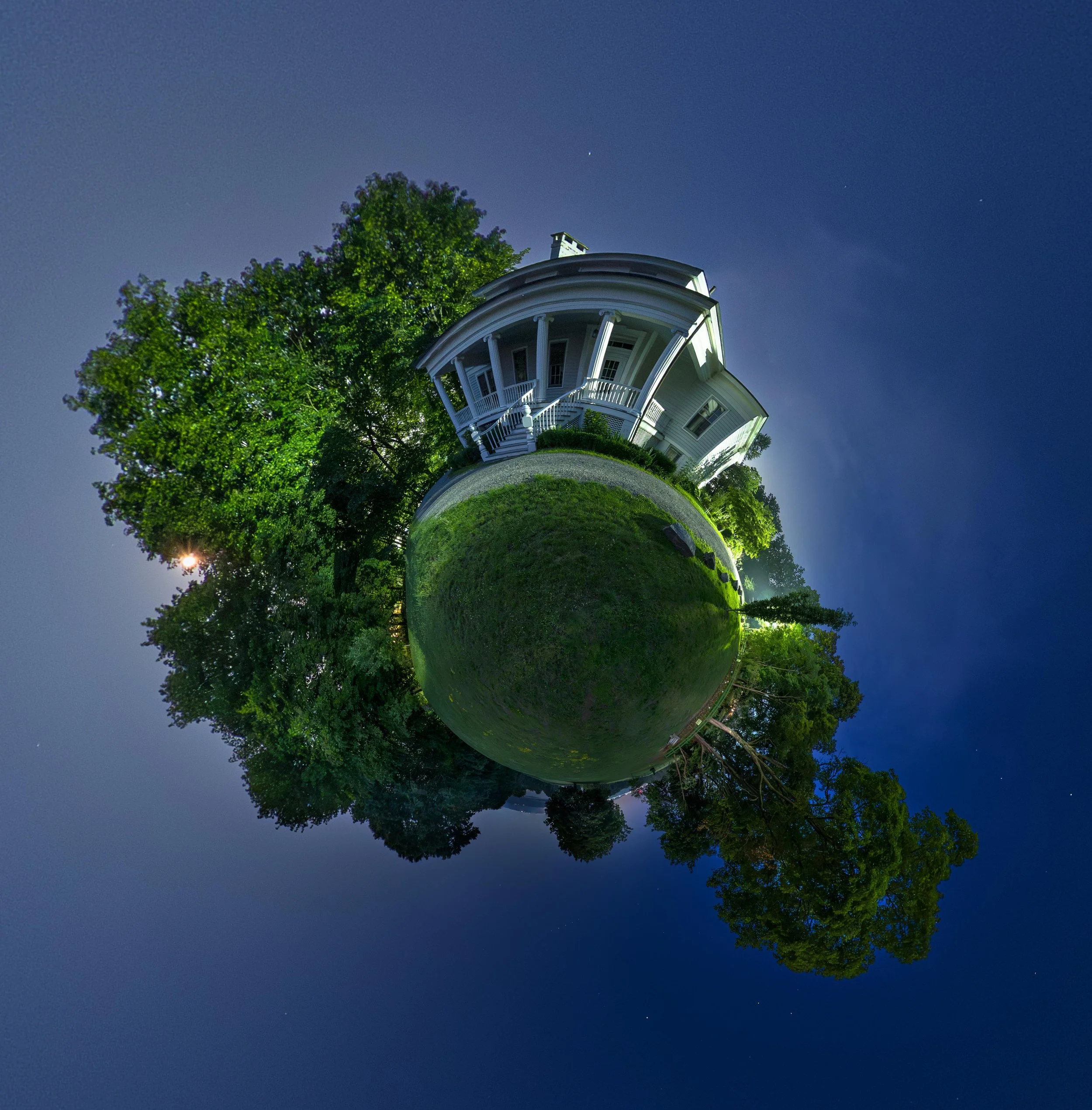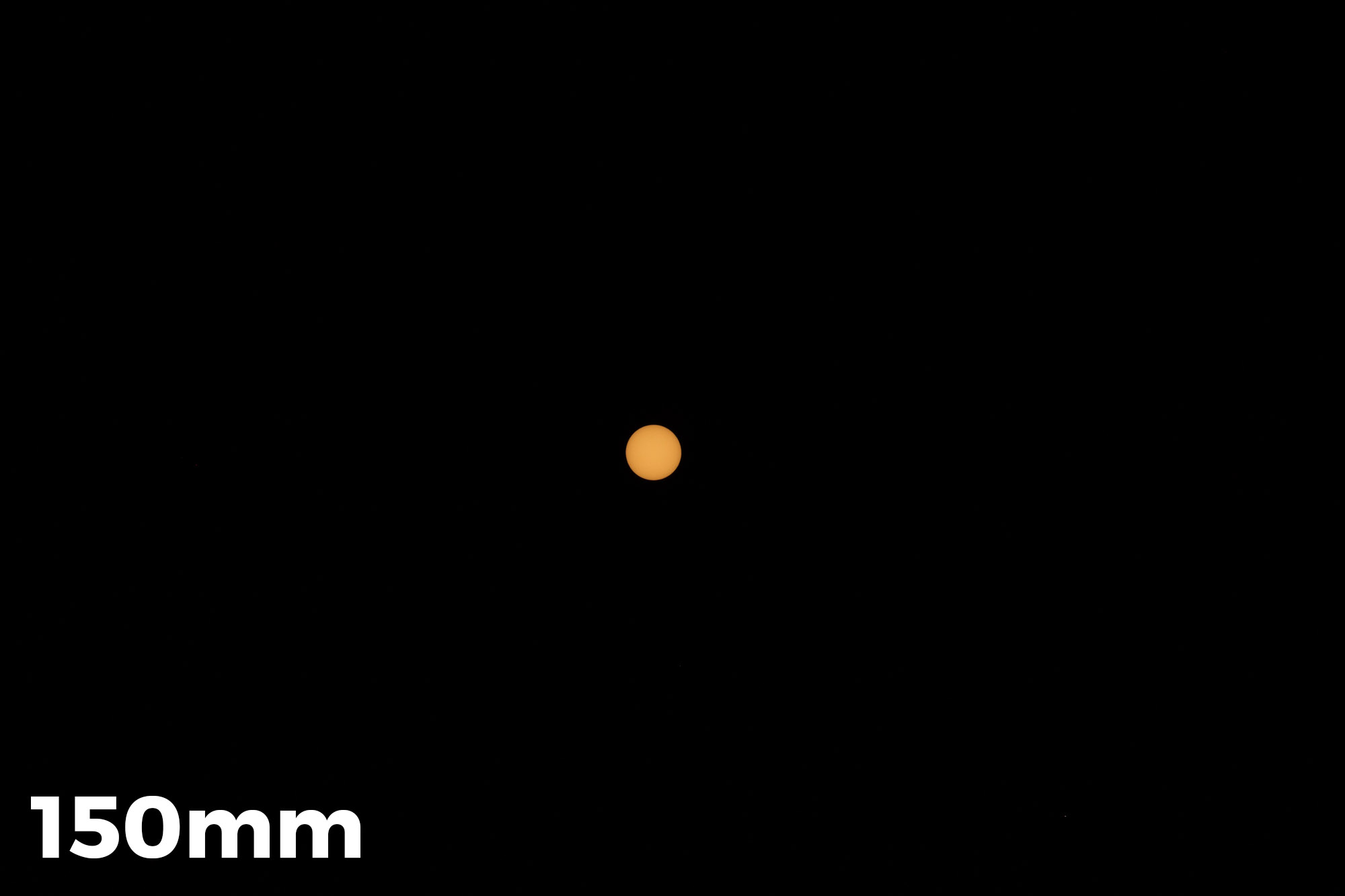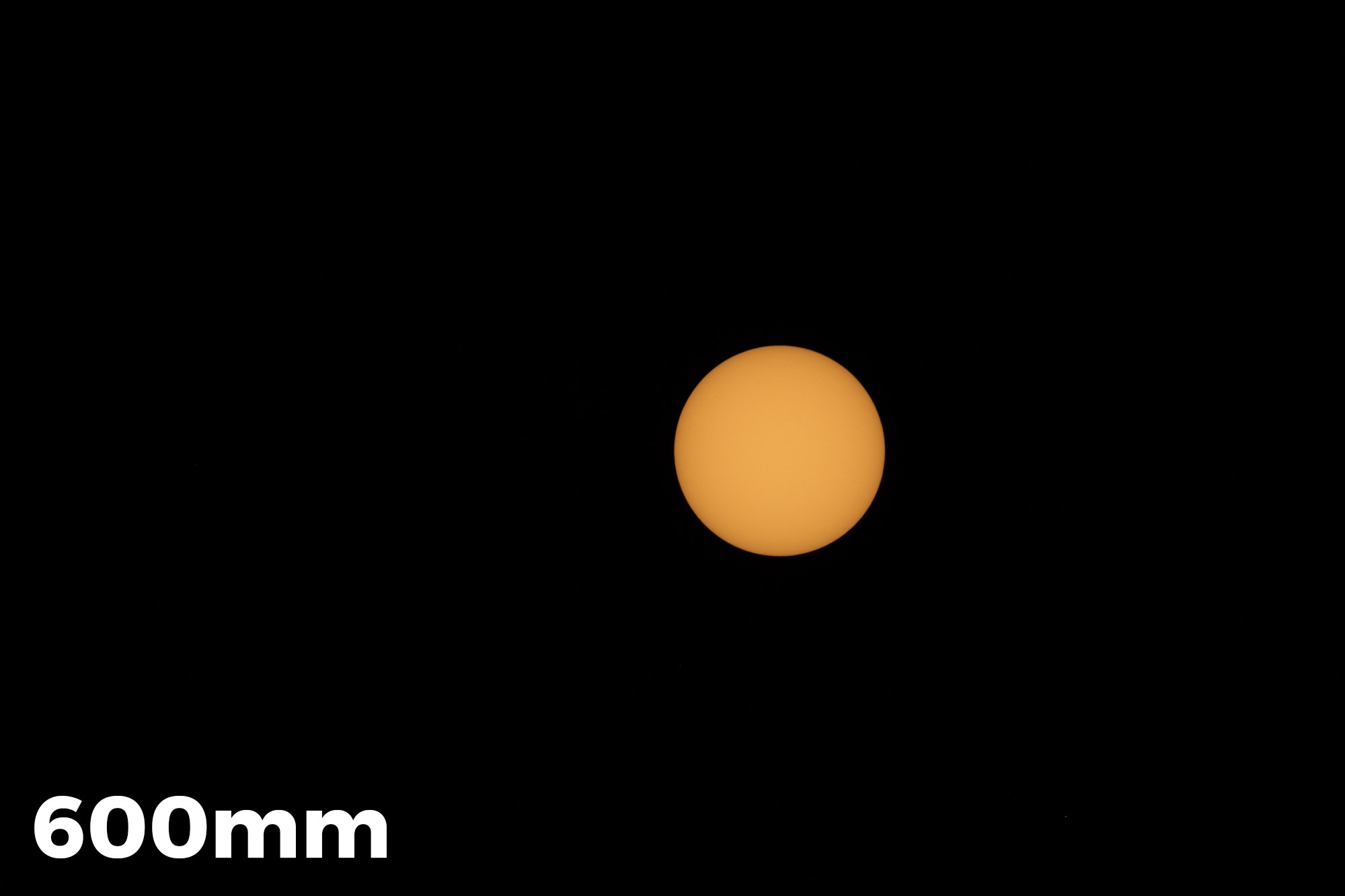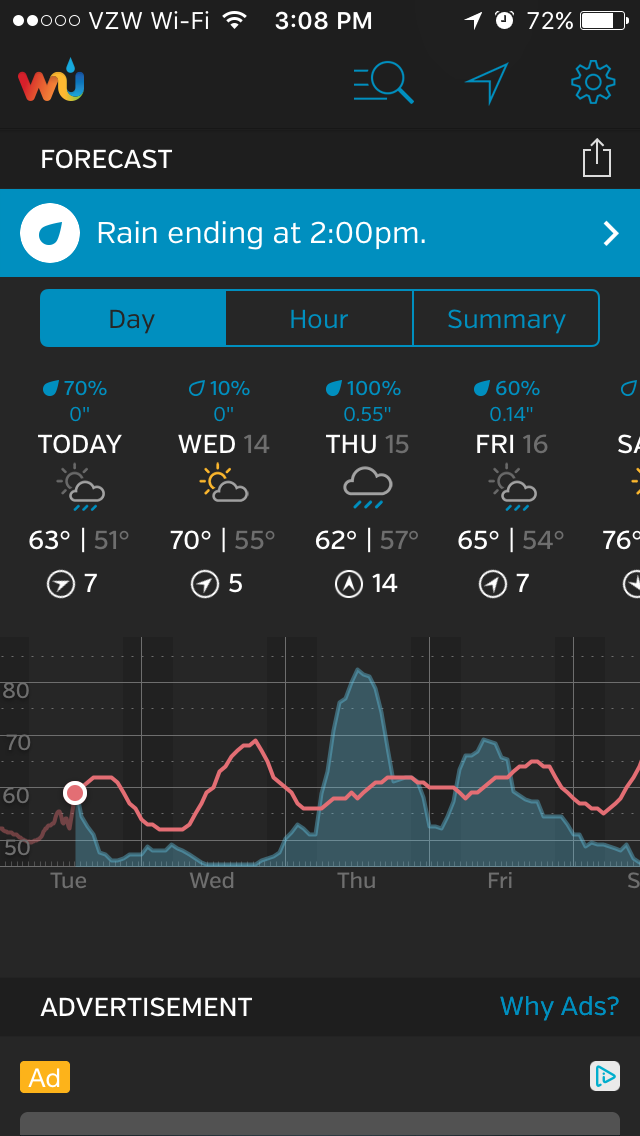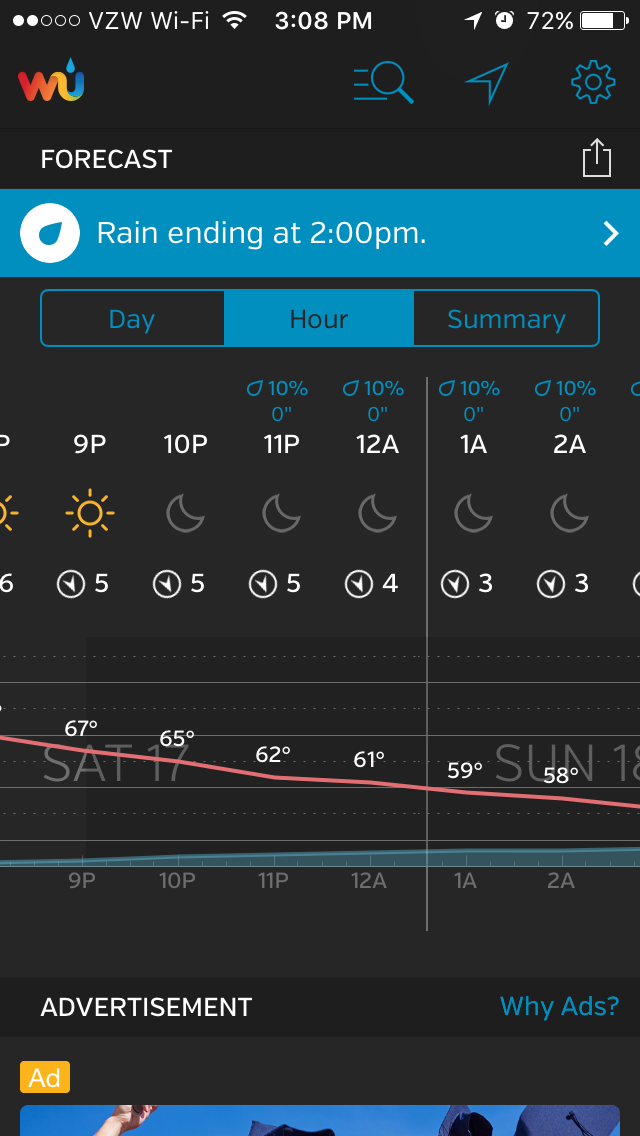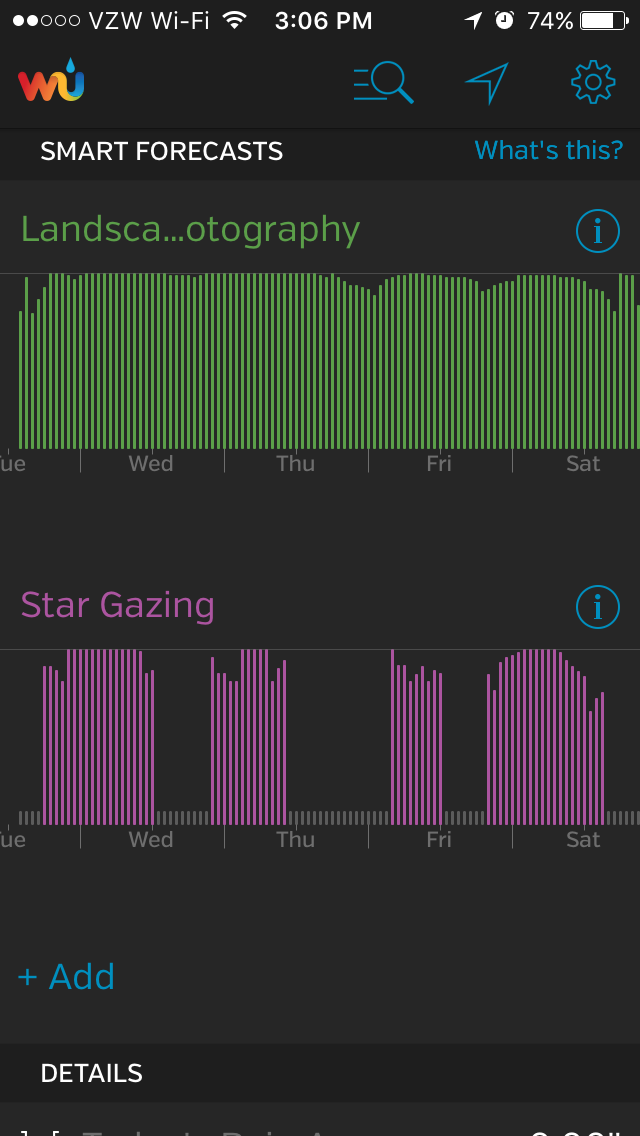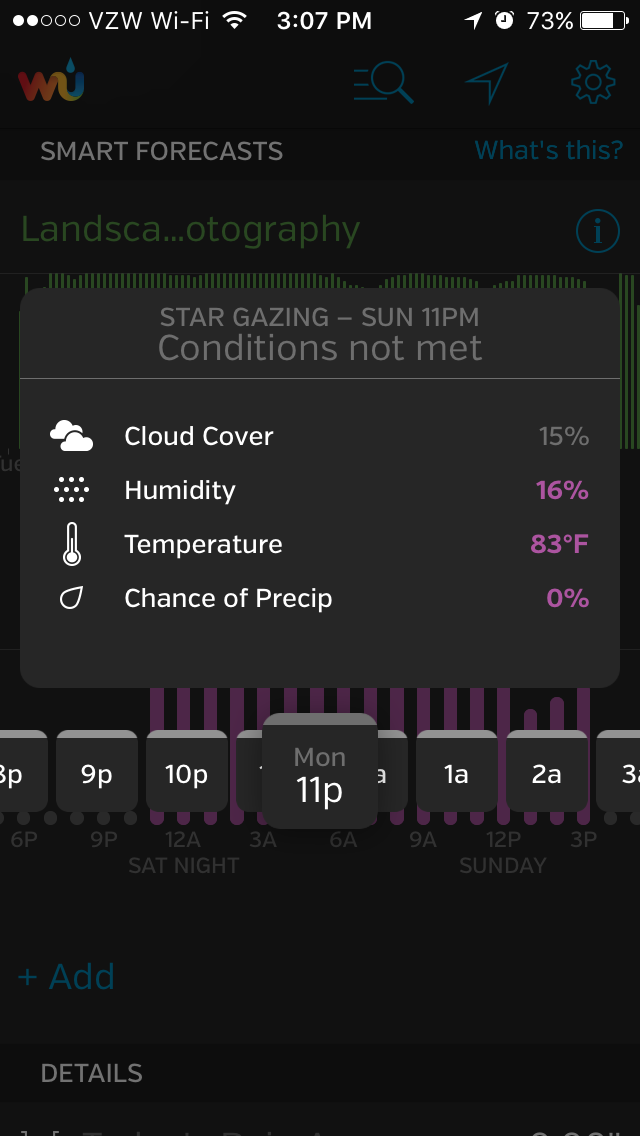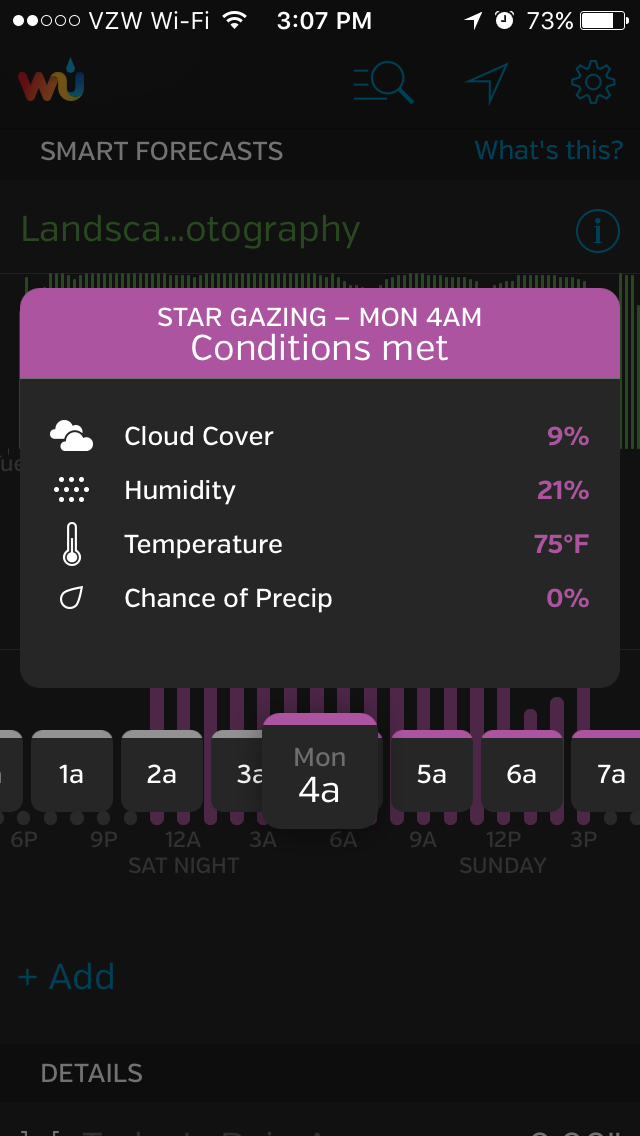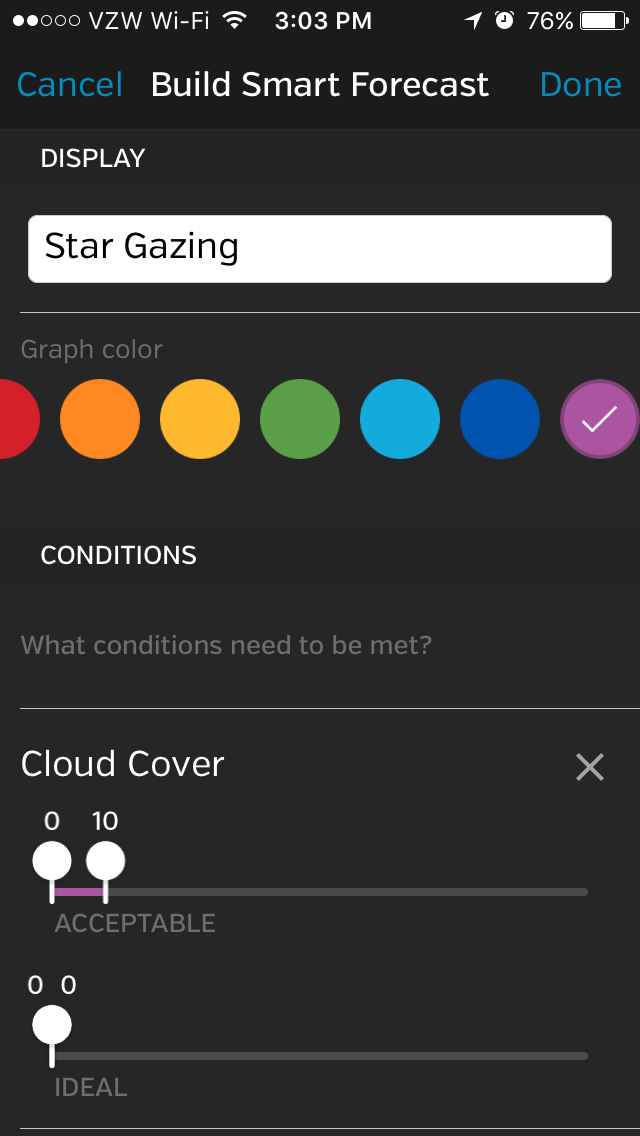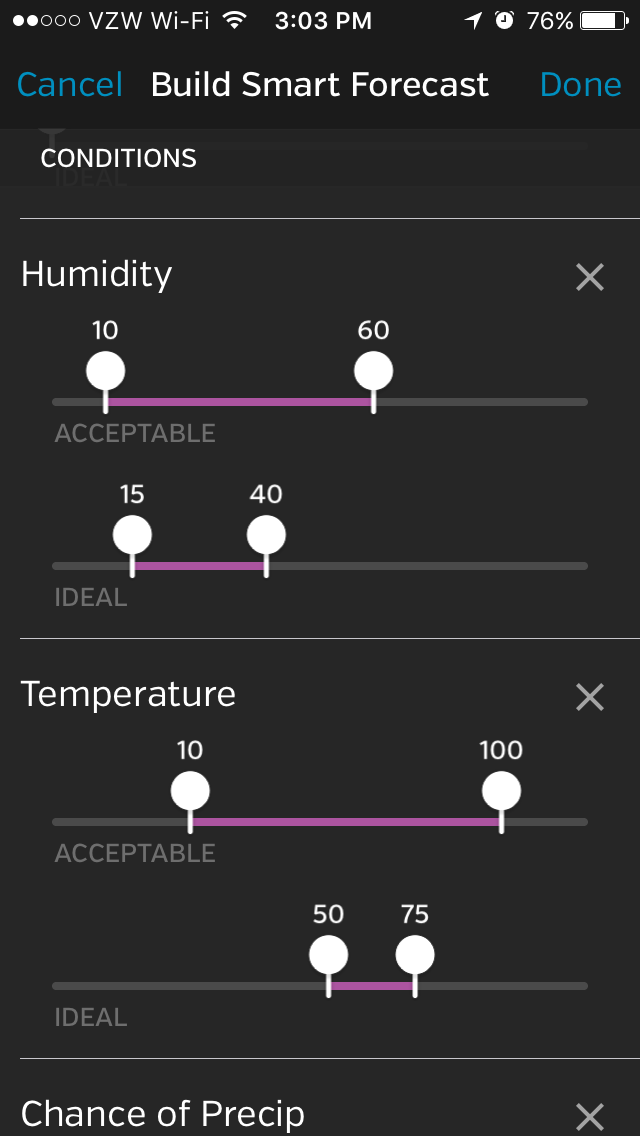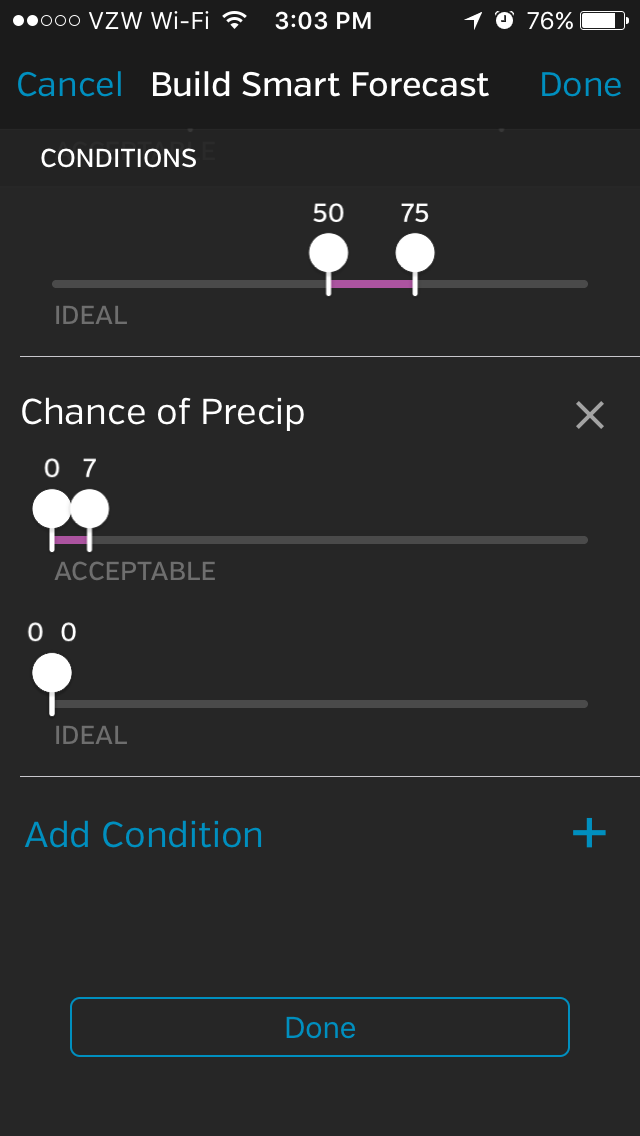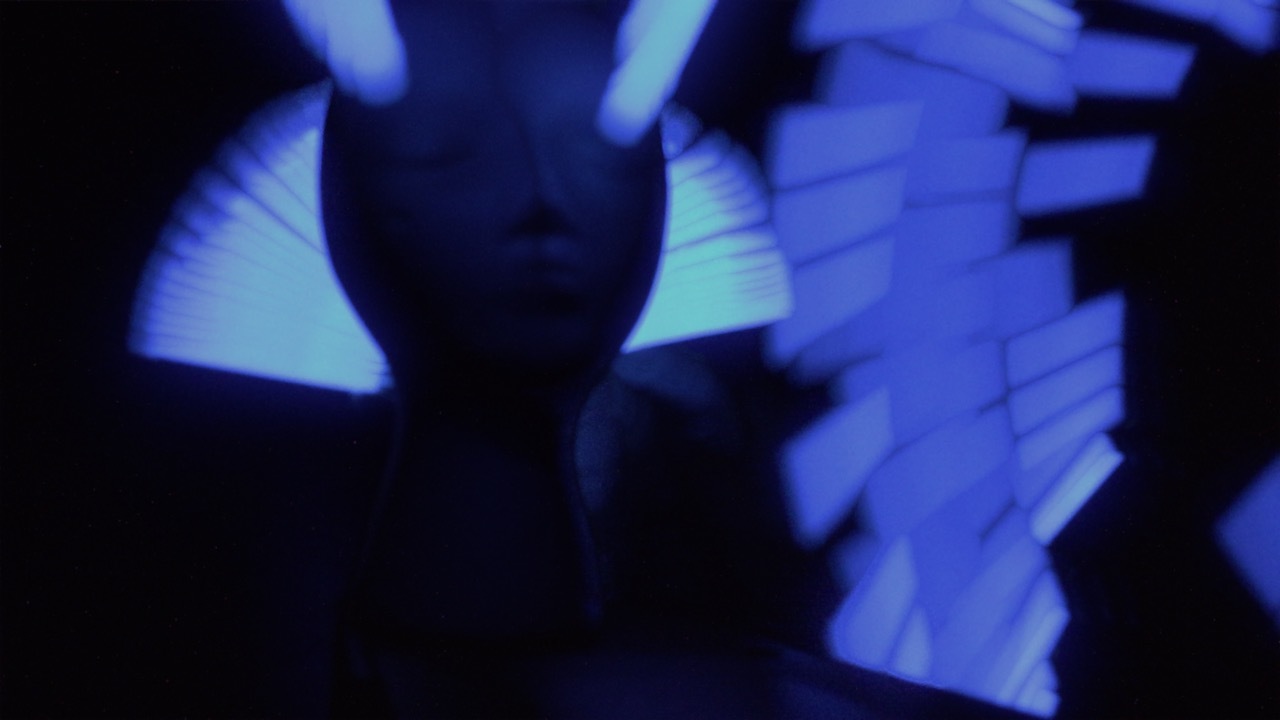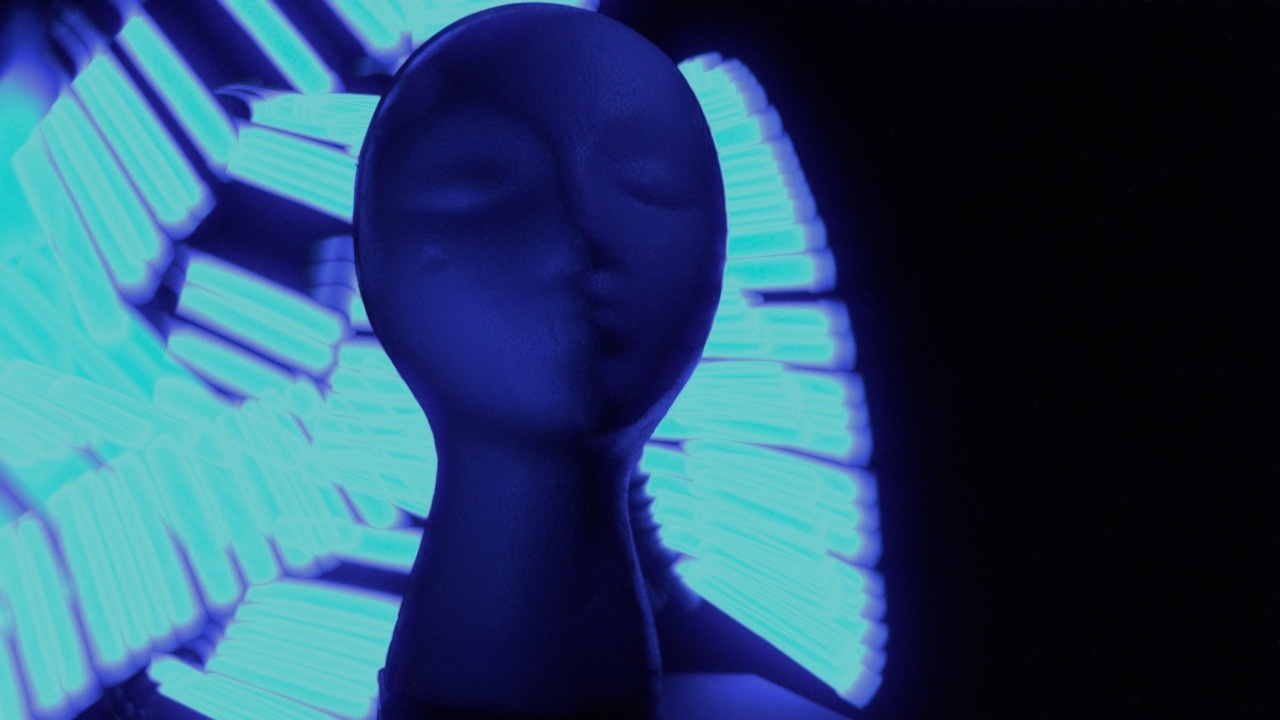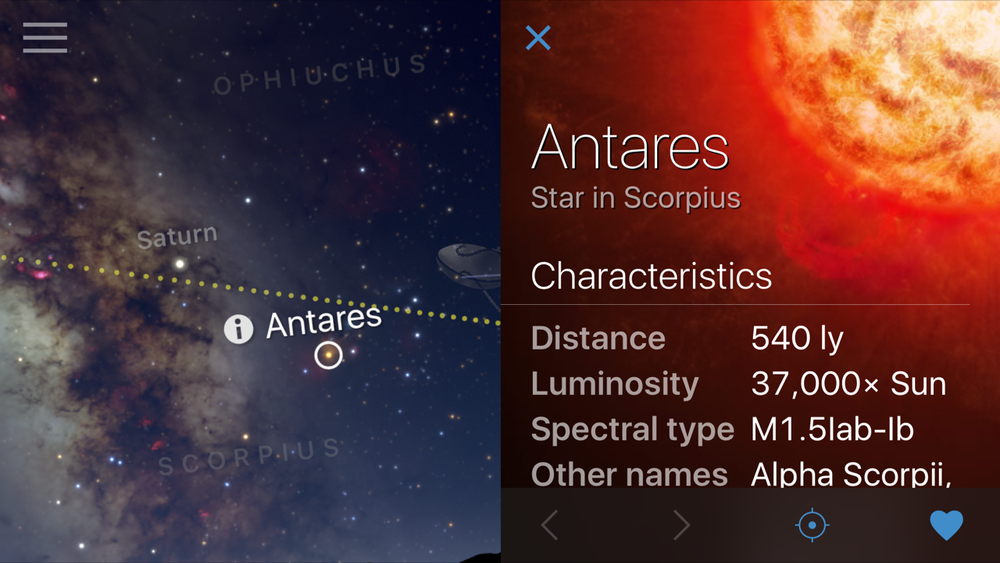Where will you go?
As we enter our third year (can you believe it?), we are delighted to share our list of dream locations for night photography workshops in the U.S. and abroad in 2018.
In 2018, we continue to present two kinds of learning experiences: Passport Series and Adventure Series workshops.
At Passport Series workshops, we take you to a national park and teach to the landscape, sky and celestial events.
At Adventure Series workshops, we take you to other interesting natural wonders that may be on or near national and/or protected lands, perhaps during singular events (like a solar eclipse), sometimes focusing a little less on instruction and more on field time, exploring and creativity, or sometimes focusing on advanced night photography techniques.
We’re also offering some cool options this year. The Biscayne and Redwood workshops will include a coordinated gallery show with both national park offices. Tim and I will be offering night portraiture classes at our headquarters in Catskill, New York. Chris and Gabe will take you on a road trip along the Blue Ridge Parkway on our most mobile workshop yet. Lance and I will take you to a sacred space for a light painting intensive camping workshop. And Gabe and Chris are offering a black-and-white light painting workshop at a steamy industrial space.
Are you curious? Click on …
Calendar
The Amazing Locations
You can click on any of the links above to learn a lot more about all the workshop locations. They include the inspiring landscapes of five U.S. national parks, national historic sites, a national parkway, an island nation, European old country and more. For a quick read about what each experience will entail, read on below …
Passport Series
Biscayne National Park
Welcome to the land of the forever horizon, where the clear blue waters and big sky envelop you from all directions. With 95 percent of this park underwater, we will use the marine night skies as a beautiful and surreal backdrop to a variety of unique subject matter. Stilt houses, ornamental lighthouses, grounded chug boats, and the many mangroves that protect Biscayne Bay will be just a few of our stops in Biscayne National Park.
Dates: January 29-February 3, 2018
More information: Biscayne
Capitol Reef National Park (Sold Out)
Join us for the gently moon-kissed cliffs, canyons, domes and bridges of the classic Utah red-rock Waterpocket Fold. From the lush orchards of Fruita to the rich geological history within Navajo Sandstone, we’ll explore the deep skies of this Gold-Tier Dark Sky Park.
Dates: June 17-22, 2018 (add-on experience June 15-16)
More information: Capitol Reef
Glacier National Park
This northwestern Montana park contains some of the most wild and diverse ecosystems in the country. Waterfalls, subalpine tundra, soaring rocky mountain peaks, high plains and crystal-clear rivers create breathtaking foregrounds for our night skies.
Dates: August 26-31, 2018
More information: Glacier
Redwood National Park
Redwood National and State Parks is composed of three distinct environments—a rocky coastline with steep cliffs and the ubiquitous coastal fog, upland prairies, and of course the magnificent redwood forests that give the park its name. During this workshop, you’ll have the opportunity to develop your night photography skills in all three.
Dates: June 25-30, 2018
More information: Redwood
Rocky Mountain National Park
Within the wilds of Rocky Mountain National Park lie alpine lakes, boulder-strewn tundra, aspen groves that turn gold in fall, and a Milky Way so radiant that you’ll feel you could reach to the sky and brush it with your fingertips. We will venture together into the mountains to photograph all this and more, in one of the most wondrous landscapes in all the national parks.
Dates: September 15-20, 2018 (add-on experience September 20)
More information: Rocky Mountain
Adventure Series
Blue Ridge Parkway
The night is falling, and the road is calling. And we will be there, driving and photographing America’s greatest scenic byway. When the sun fades, we’ll bring our cameras along the 469-mile ribbon of national parkland that stretches atop mountain ridges, through farming communities, past historic cabins and mills, alongside meadows and more, while the stars and moon gently shine on the great blacktop river called Blue Ridge Parkway.
Dates: July 29-August 4, 2018
More information: Blue Ridge Parkway
Catskills Night Portraiture
Master the fundamentals of night portraiture. Mash up night photography with classical portrait lighting to create dramatic long exposure portraits. Unleash your creativity.
Dates: April 27-29, 2018, and October 12-14, 2018
More information: Catskills Night Portraiture
Chaco Culture Advanced Light Painting
The Ancestral Puebloan ruins at Chaco Canyon are the centerpiece of Chaco Culture National Historical Park, and are also a UNESCO World Heritage Site. The park was also designated as Gold Tier by the International Dark-Sky Association in 2013. Who could ask for more from a night photography location? National Parks at Night aims to do just that. In addition to having rare nighttime access to photograph the park, we will have a ranger-led tour and meet with others with deep knowledge of the Puebloan people and the ruins on New Mexico. This is a full-immersion experience.
Dates: September 23-26, 2018
More information: Chaco Culture
Iceland South Coast
This photo tour will take us along the famous south coast of Iceland, where we will experience the capital city of Reykjavik, bizarre geothermal landscapes, magnificent waterfalls, glacial lagoons, an ice cave, and, with luck, the northern lights. Iceland has seen a huge surge in tourism in recent years, and we will strive to find a balance between getting you to the most important locations, but also some off-the-beaten-path places that are much less visited but equally as interesting.
Dates: March 1-9, 2018, and March 12-20, 2018
More information: Iceland South Coast
Scotland: The Hebrides
Come explore and photograph some of Scotland’s most interesting places and dramatic landscapes on this first of National Parks at Night’s photo tours of the islands of Scotland. The Hebrides are a widespread and diverse archipelago off the west coast of the mainland. The culture of the residents has been affected by the successive influences of Celtic-, Norse- and English-speaking peoples. We will spend our time on the largest of the inner Hebrides, the Isle of Skye, and the largest of the outer Hebrides, Lewis and Harris. The history of these islands is ever-present in the landscape in the form of Neolithic, Mesolithic and Iron Age archaeological sites. We will explore cultures past and present along with the stunningly diverse landscapes we’ll encounter along the way.
Dates: May 13-23, 2018
More information: Scotland
Sloss Furnaces National Historic Landmark
The focus of this night photography workshop will be a deep dive into light painting, composition, and black and white photography. Sloss Furnaces National Historic Landmark is an incredible hulk of 20th century metal machinery located on the eastern edge of downtown Birmingham, Alabama. Don’t expect to see many stars in the city, however we will use moonlight and light painting to breathe fire back into the furnaces.
Dates: November 15-18, 2018
More information: Sloss Furnaces
Don't Want to Wait for 2018?
Olympic National Park
If you'd like to come with us on a workshop even sooner, we have great news: We opened up a second week at Olympic National Park next month: September 24-29, 2017. Join Chris Nicholson and Matt Hill on the rugged mountains, in the vibrant rainforests and along the pristine coastline of Washington state’s Olympic Peninsula, in one of the most beautiful and diverse national parks in the U.S.
Dates: September 24-29, 2017
More information: Olympic
Blasts from Our Pasts
Finally, as we embark on our third year, we’d like to express thanks to all our alumni—the 200 fine photographers who have accompanied us over the past two years to wonderful night photography locations such as Acadia, Dry Tortugas, Death Valley, Zion, Great Sand Dunes, Cape Cod, Centennial Valley and more. We appreciate you so very much.
Do you want to see their work? Check out this playlist of all the workshop slideshows.
